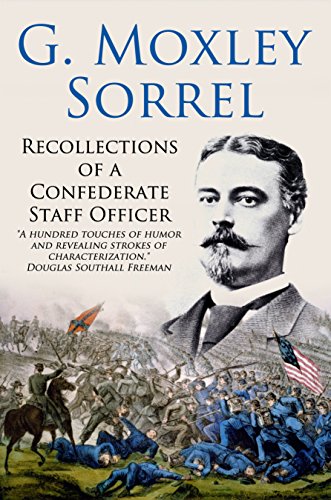
Much like the Civil War itself, accounts of prison camps can seem at opposite ends of the spectrum. Some, like Camp Douglas in Chicago, are as obscure as the physical sites themselves, buried under city development. Andersonville, the camp for Union POWs in Sumter County, Georgia, has had the most notorious reputation of any camp during the conflict. And yet some Union prisoners, like James Madison Page, reported a very different experience.
The facts are stark. Over the 13 months of its existence, some 45,000 Union soldiers were imprisoned there, and 13,000 died.

John Ransom, an acting quartermaster sergeant for the 9th Michigan Cavalry, was captured on Nov. 6, 1863, in east Tennessee. He was first sent to Belle Island, an island in the James River adjacent to Richmond, then to a tobacco warehouse building in Richmond itself, and finally by train to Andersonville. He survived the experience, but only barely. In 1881, he published Andersonville Diary, a memoir of his experiences, using the almost daily journal he kept as the basis.
What he described is, by any measure, horrible. The Confederates, like the Union, had no experience managing prison camps. By 1864, the Confederates were already being stretched thin with food and medical supplies for their own armies, and Union prisoners were not high on the priority list. Both the food supply and the medical resources at Andersonville were bad, and it wasn’t long before prisoners began to die.

Exacerbating the already dire situation were the prisoners who formed gangs, robbing and terrorizing other prisoners for food, clothing, and any objects of value. As Ransom continually mentions, it was no surprise that escape and hope for prisoner exchanges were always on prisoners’ minds.
He describes how a prison economy developed, with various prisoners provided services like letter writing to others. But it was an economy in constant upheaval as the death count rose. He noted that some prisoners became mad.
No matter how sick prisoners became, they all wanted to avoid the prison hospital, because no one survived it. Ransom himself became so sick that, he said, he wanted to die. He was kept alive by a fellow prisoner, who happened to be a full-blooded Comanche Indian. Eventually, he and other prisoners were transferred to a hospital in Savannah, where he did receive decent medical care.

Contrary to his fellow prisoner James Madison Page, he had nothing but condemnation for Captain Henry Wirz, the camp commandant who would be hanged after the war ended. He also understood that prisoner exchanges had stopped, because Union Secretary of War Edwin Stanton opposed exchanging Southern prisoners which would likely replenish Confederate armies.
By any definition, Andersonville deserves its reputation. The scenes Ransom describes in his Andersonville Diary are not unlike the scenes of the Holocaust camps in Europe during World Wat II. Some prisoners may have fared better than others, but the death rate and prison conditions speak directly to what can only be called a horror.
Related:
The Story of Camp Douglas by David Keller.
The True Story of Andersonville Prison by James Madison Page.
Top photograph: A view of Andersonville.









